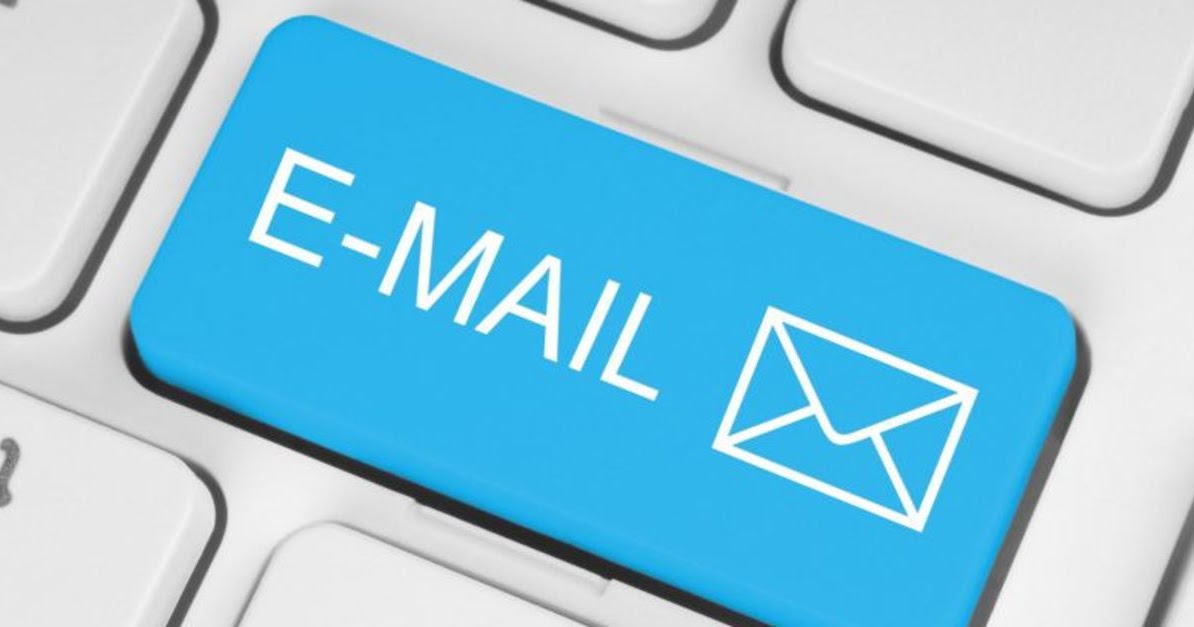
Beware of Fake Emails!
One of the most used communication tools today is undoubtedly e-mail. That's why many cybercriminals will be trying various methods to get their hands on your email accounts. With these e-mail accounts, they can send e-mails to your current customers on your behalf, and they will also ensure that their accounts are compromised. When we think of this as a chain, it will go on from you to your current customers, from your current customers to their current customers.
Know that your e-mail account is the most important digital asset you have!
However, you can also consider your email account as one of your vulnerable digital assets. It is essential that you know how to detect potential email risks and threats and know what to do in such situations.
In this article, we will talk about 4 ways to detect fake emails and what you can do to prevent your email accounts from falling into the hands of bad people.
The 4 Most Obvious Fake Email Actions
There are actually 4 big signs for you to recognize a fake e-mail;
Incorrect and incorrect e-mail address
Grammatical and spelling errors
Requesting personal information
Threatening threads
Please continue reading our article to see if you can detect fake emails.
1. Incorrect and incorrect e-mail address
When you receive a new e-mail from an unknown user, you must first check the e-mail address.
Typically, attackers use an email address that appears to be from a trusted source, but is misspelled or has several different letters.
2. Grammatical and spelling errors.
Grammatical and spelling errors in your emails are often hallmark indicators of fake emails.
Every email sender can make spelling and grammatical errors, but if it's an email from a well-known brand or business, these errors are highly unlikely.
3. Requesting your personal information
The main purpose of fake emails is usually to get your personal and sensitive information. It is one of the most common situations to be asked for your password and user name, account number or identity information via fake e-mails.
When you come across such situations, and request confirmation of the relevant transaction by contacting the institution requesting this private information from you by phone.
4. Threatening topics
Another common indicator of fake e-mails is that there are topics such as "Your account has been stolen" "Your information has been taken over by someone else, update it" that will cause you to make mistakes by causing instant panic.
Such topics are usually presented as coming from official government institutions or your social media accounts that you use all the time, and they intend to capture your intended information. Before making a sudden move, contact the relevant institution or organization and share the request status information.
So how do you know if your e-mail account has been hacked?
With the 4 items we wrote above, we explained the potential and frequently used indicators of fake emails. No matter how important this is, it is of great importance that you know how to understand that your e-mail account has been compromised by others.
Some situations that you should pay attention to;
Feedback from your customers and contacts
The first action that attackers will take when they get hold of your email account will be the people you've sent your current email to, so the first returns will be from here. In such a case, you can be sure that your e-mail account is in the hands of someone else.
You cannot access your email account
Sometimes hackers can change the passwords of your e-mail. This is a situation that prevents you from accessing your e-mail account. If you can't access your account with your regular login methods, or if you haven't changed your information recently, your email account has most likely been compromised by other people.
There are messages in your sent file that you haven't seen before
When you log into your e-mail account, keep track of your constantly sent, archive and trash files. Check the status of e-mails that you do not recognize and that you did not send. If your e-mail account has fallen into the hands of a malicious person, you may see spam messages in these sections.
At the same time, be wary of password reset e-mails from websites you use regularly.
If you haven't started a password reset yourself, someone or something is trying to log into your account. In such cases, instead of using a simple password to increase your security, you should create a strong password and change your current password immediately.
1 Comment
spam maillerin havalarda uçuştuğu böyle bir dönemde bilgilendirici bir içerik oluşturmuşsunuz. Teşekkür ediyorum.